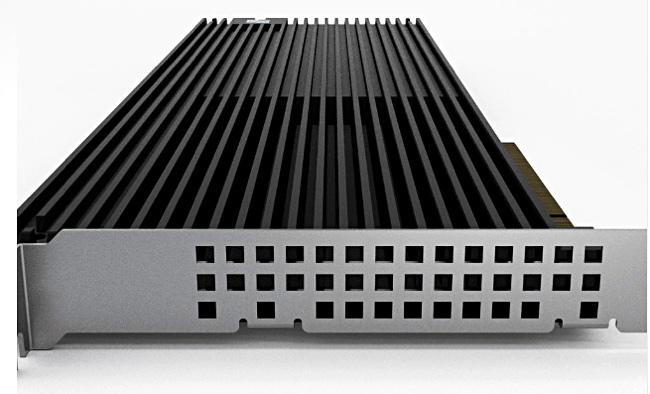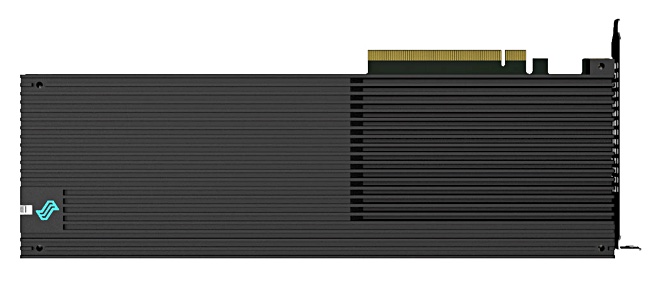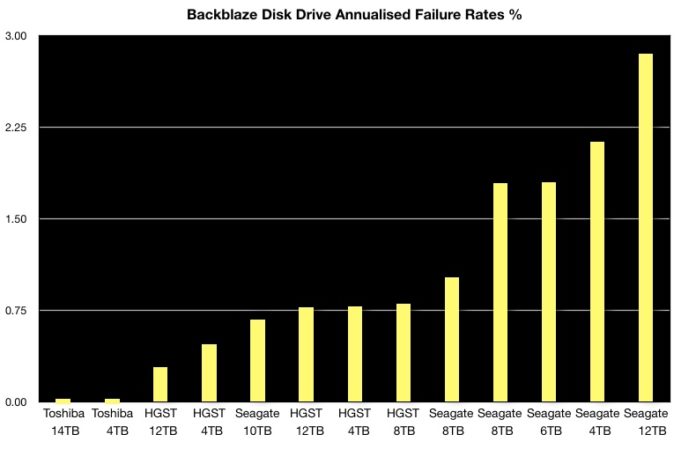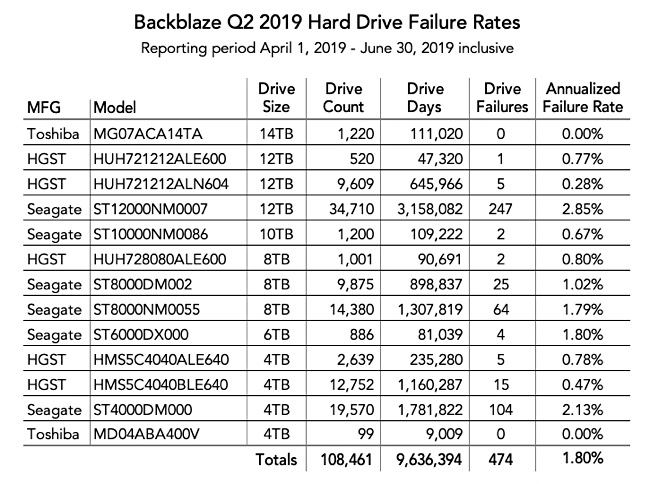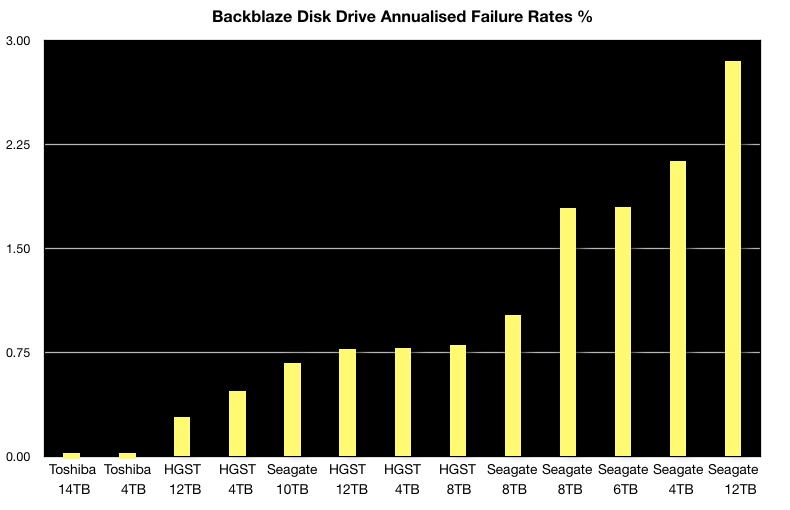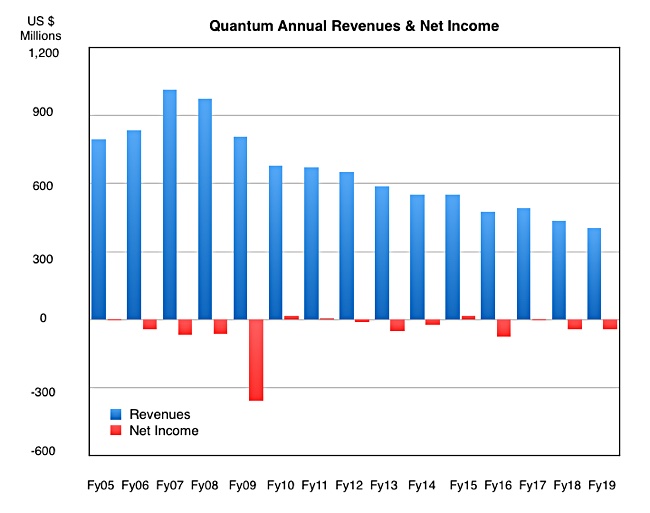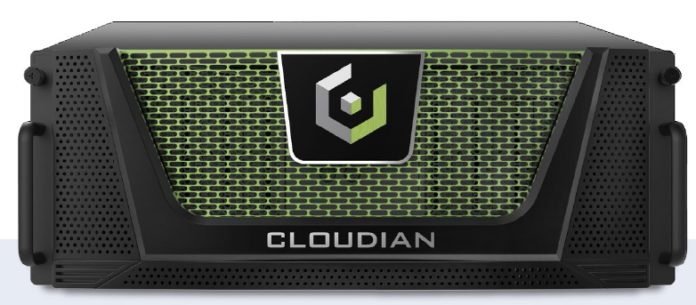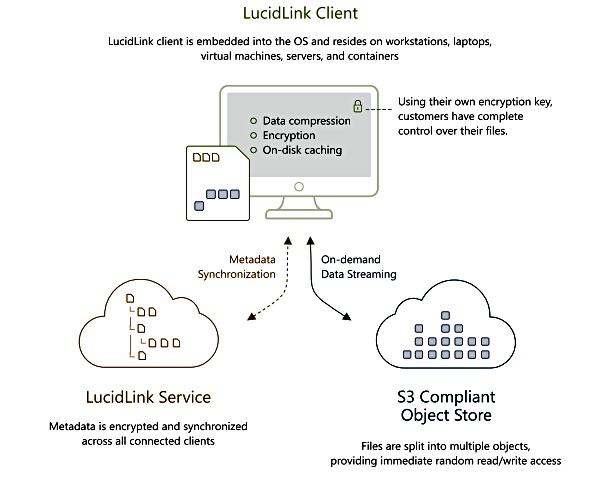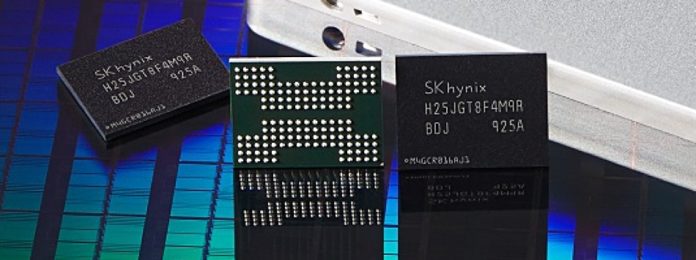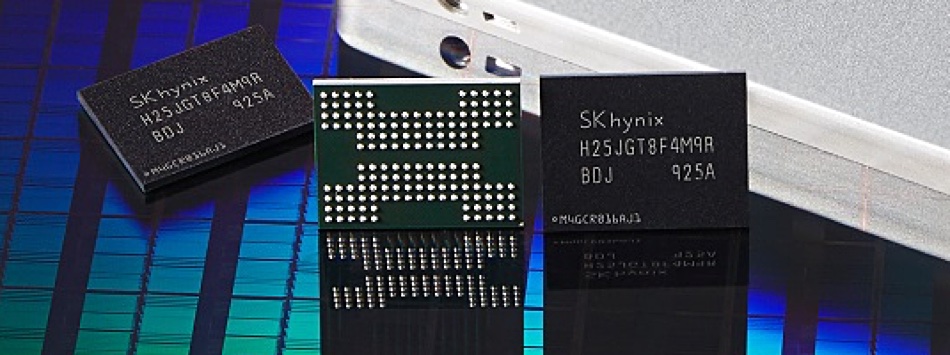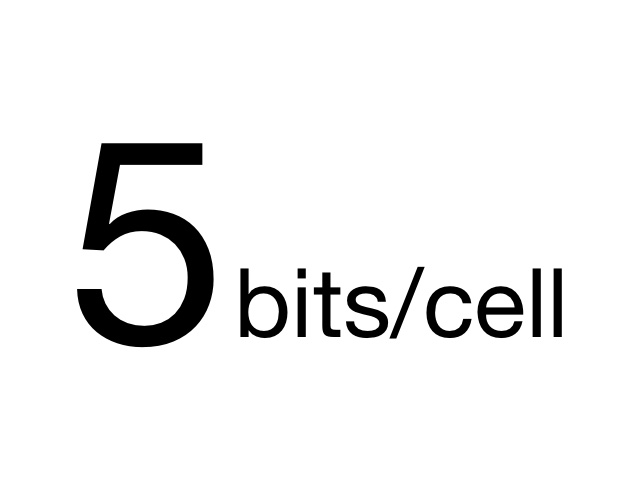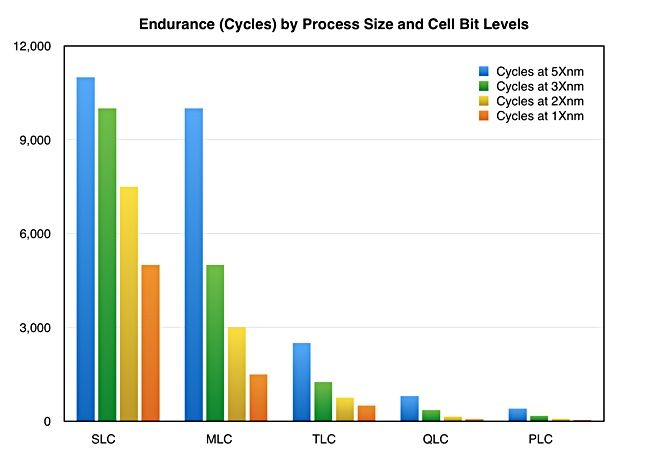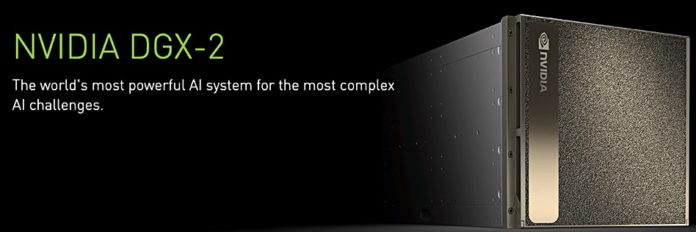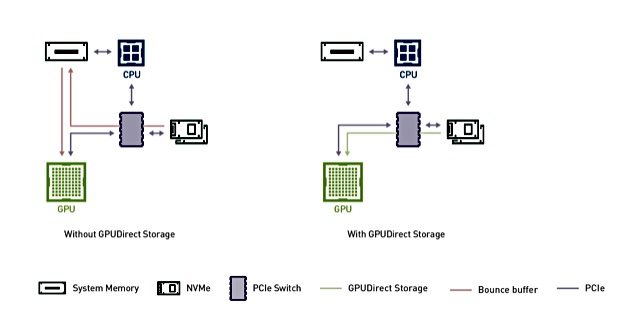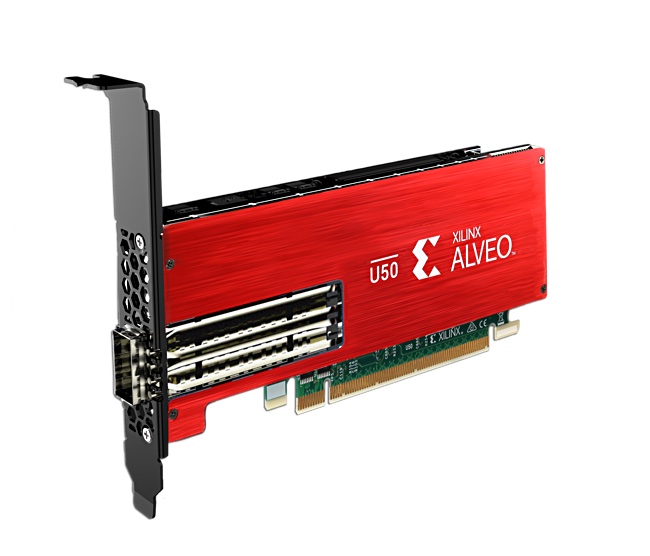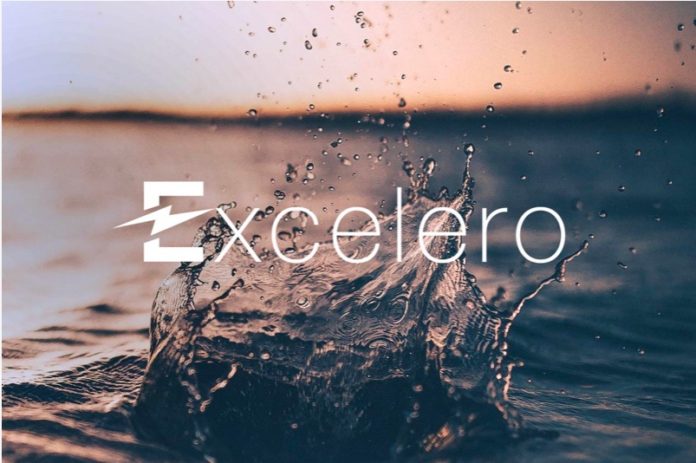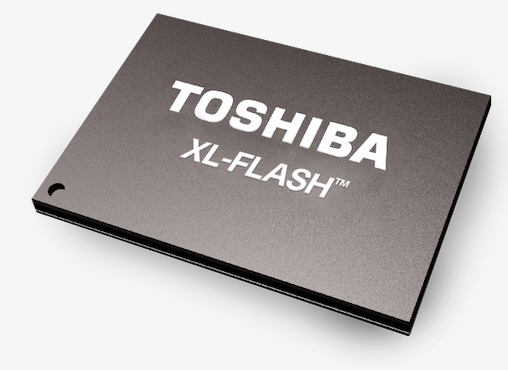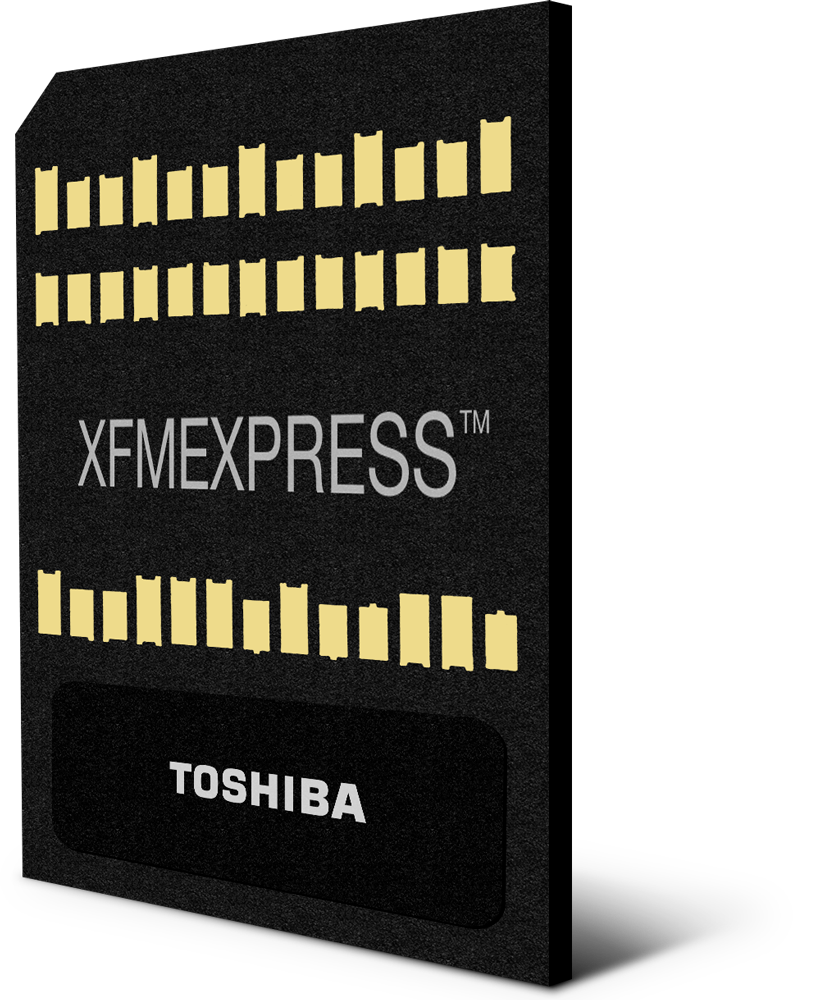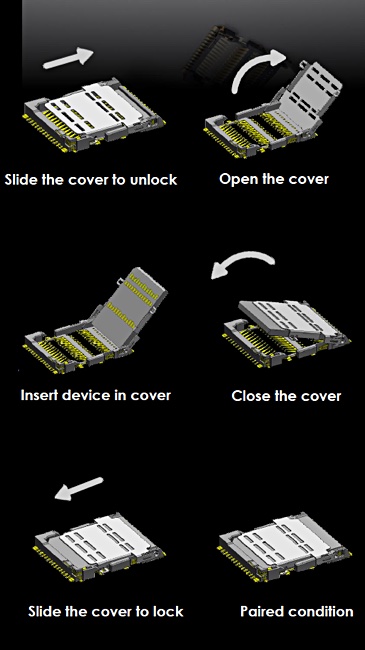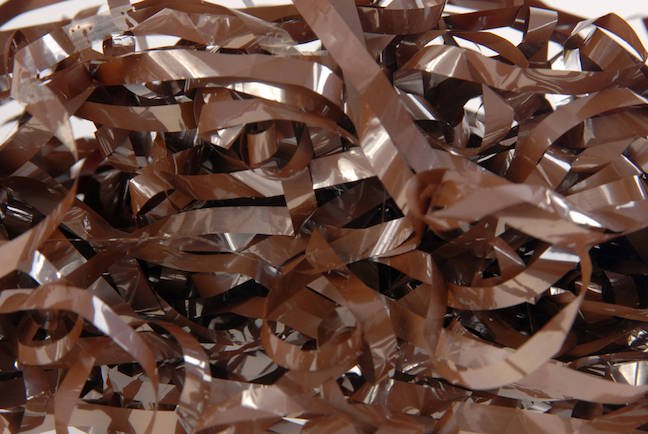Take a quick dip into our weekly collection of enterprise storage news briefs
Toshiba on the Rocks
Toshiba Memory America has worked on the open source RocksDB to produce its TRocksDB that uses key values more efficiently with SSDs to enable improvements in storage and DRAM usage.
RocksDB takes a log-structured merge-tree (LSM tree) approach to storing data, and rewrites data at least one time for every level of the database, and in many cases, multiple times per level.
The total write amplification for RocksDB will often be greater than 21x, which leads to application-level performance delays and early SSD wear-out.
Toshiba MA has remedied this by storing values and keys in separately managed files. This enables more efficient database lookups, minimises write amplification, and optimises SSD utilisation.
TRocksDB runs on any Linux hardware supported by RocksDB and the server software will soon be available under the terms of Apache2 open-sourced licensing.
EXTEN speeds up NVMe over TCP
EXTEN Technologies has announced the availability of the third generation of its HyperDynamic storage software. It improves TCP performance with Solarflare TCP acceleration that provides TCP performance near RDMA.
V3 adds;
- Node level resiliency with synchronous replicas
- Shared volumes with replicas for supporting parallel file systems
- Dual parity (RAID 6) resiliency
- Integrated drive management and hot swap
There is declustered RAID, which provides the ability to simply configure resilient volumes that use standard, Linux multi-path IO software to provide redundancy in networking and storage. Different RAID levels per volume allow flexible, optimised provisioning for separate use cases
The web user interface provides node and cluster level telemetry and the ability to set QoS limits to manage performance during drive or node rebuilds.
2019 Flash Memory Summit
The storage industry’s pre-eminent solid state storage show kicks off in Santa Clara this week and there will be a plethora of announcements and exhibitors. Among them;
- Burleywood will talk about its SSD TrueInsight SSD workload profiling analysis software,
- DCIG will provide an update on all-flash array developments,
- Everspin will display its MRAM products,
- Cadence Design Systems is providing DDR4 Design IP (DIP) and Verification IP (VIP) support for Everspin’s 1 Gbit STT-MRAM memory,
- Lightbits Labs execs will discuss the state of NVMe/TCP,
- Phison Electronics showcases its lineup of PCIe Gen4 SSD controllers,
- Dr. Rado Danilak, CEO of Tachyum Inc., will speak about the need for new approaches, and capabilities of data centrer architectures, interconnects, storage and memory types to help artiificial intelligence,
- Virtium’s Scott Lawrence, director of business and technology development, will discuss embedded-system designers’ data-security demands and industrial SSDs.
Short items
An Active Archive Alliance report: “Active Archive and the State of the Industry 2019,” highlights data growth challenges facing the storage industry and the expanding role of active archives in the data management lifecycle. Download it with minimal registration here.
Aderas, a systems integrator for US government and commercial customers, is developing an IT platform-as-a-service for its customers, using Private MultiCloud Storage from Madison Cloud powered by StorONE SDS and direct connections to cloud providers at Equinix data centres.
Apple has joined the open source Data Transfer Project to help transfer data to and from its iCloud. Members include Google, Microsoft, Facebook, and Twitter.
IDC has profiled Storage Made Easy, Panzura, and Igneous in an Innovators report on unstructured file and object data content management – IDC Innovators: Unstructured (File and Object) Content Management, 2019 ($2,500(.
FalconStor, a storage software company, has hired David Morris as VP of global product strategy and marketing. He’s a 25-year IT vet with career history at EMC, VMware, Pillar Data, and Huawei .
Intel has canned the gen 2 OmniPath connect project (OPA200) leaving the low-latency 200Gbit/s interface field to Nvidia’s Mellanox. The 100Gbit/s OPA100 Intel product remains.
Kalray’s target controller PCIe cards can be seamlessly configured to support NVMe-over Fabric either over RDMA (“RDMA over Converged Ethernet” or RoCE) or over TCP protocols. The cards can support JBOF/JBOD NVMe-oF target controller functionality.
Kingston is shipping its A2000 NVMe PCIe SSD; a single-sided M.2, next-gen entry-level, consumer NVMe PCIe SSD utilising 3D NAND.
Marvell has introduced PCIe Gen 4 4-channel NVMe controllers. The 88SS1321, 88SS1322 and 88SS1323, represent the industry’s first PCIe Gen4 DRAM and DRAM-less SSD controllers to be fabricated on a 12nm process. They support M.2 (22110 to 2230), BGA, EDSFF and U.2 SSD form factors.
Special effects company Whiskytree is buying Panasas ActiveStor parallel access filers to to store and manage its creative computer graphics and visual effects workflows.
The SNIA EMEA Storage Developer Conference (SDC) will return to Tel Aviv in early February 2020.
Tape systems and data protection vendor Spectra Logic is celebrating its 40th anniversary. It announced that TransMedia Dynamics (TMD) has completed client certification of its Mediaflex-UMS Content Supply Chain platform with Spectra’s BlackPearl Converged Storage System.
Storage Made Easy’s new Enterprise File Fabric v1906 release is now available through the Early Access upgrade channel. Features include, faster synchronisation and indexing, a Microsoft OneDrive connector, team folder permission reporting and more.
Toshiba’s KumoScale NVM Express over Fabrics (NVMe-oF) storage software has received an Interop ‘Best of Show’ award in the Server & Storage category.
